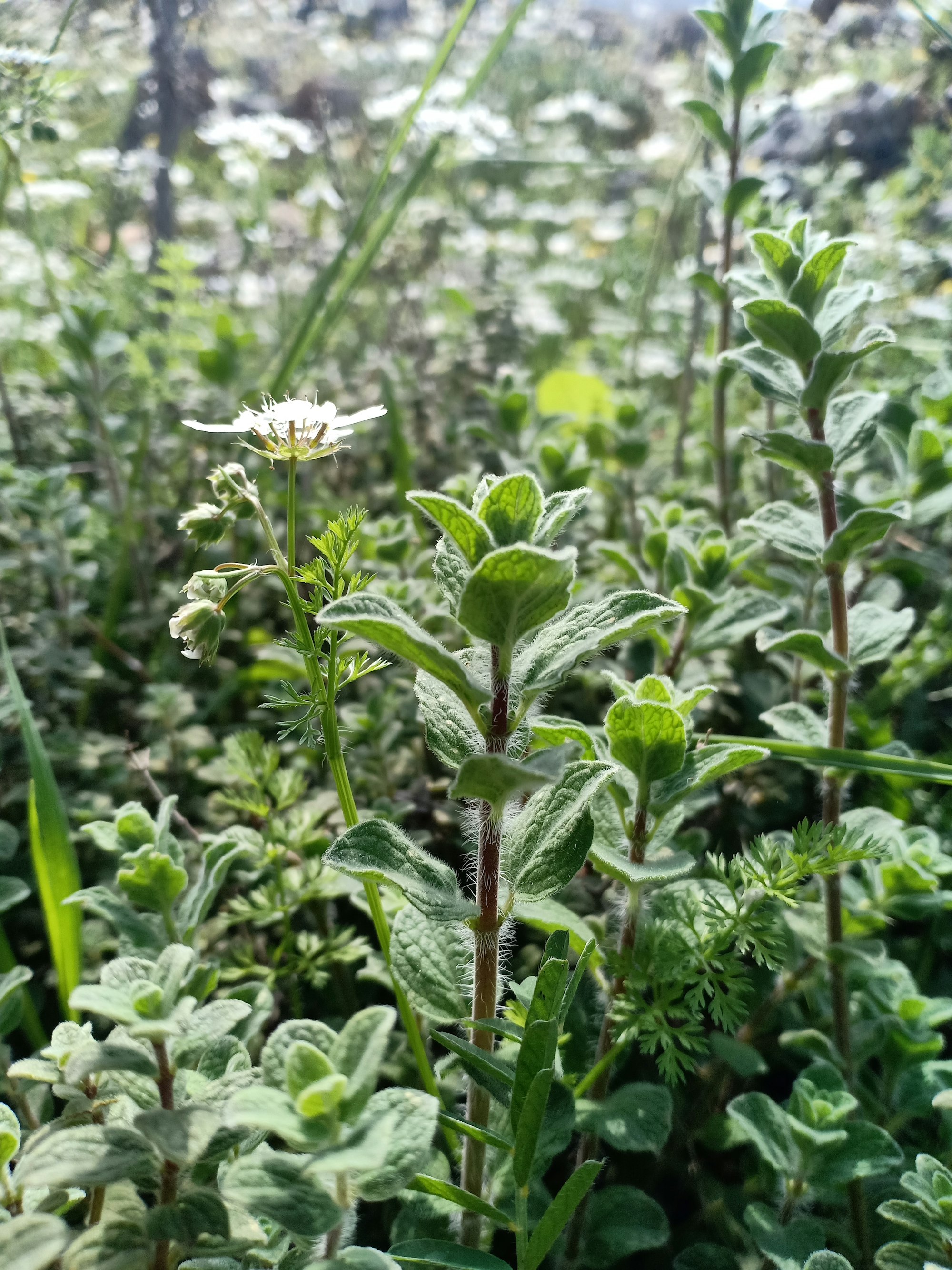How to Grow Oregano
Growing oregano, a perennial herb belonging to the mint family, is a popular endeavor for many garden enthusiasts.

Table of Contents
This versatile Mediterranean herb, also known as Greek or common oregano, is valued for its robust flavor, making it an ideal addition to various dishes, and its multiple medicinal properties.
To successfully grow oregano, it's essential to create an environment simulating its native Mediterranean climate.
This means choosing a planting site with ample sunlight and well-drained soil.
By following specific guidelines for planting and care, you can easily cultivate this aromatic herb in your garden and enjoy its many benefits.
About Oregano
Oregano is a perennial herb native to western Asia and the Mediterranean region, known for its flavorful leaves and attractive flowers.
The plant is part of the Origanum genus, which includes familiar culinary herbs like Origanum vulgare and Origanum majorana.
The foliage of oregano is characterized by its distinct, aromatic scent and can be green, silver, or golden, depending on the variety.
Its flowers, which can be white, pink, or purple, bloom in the summer, adding visual appeal to your garden on top of the edible benefits provided by its leaves.
Growing Oregano
Select a site with well-drained soil and full sun exposure to plant oregano. Ideal outdoor soil temperature should be around 70 degrees Fahrenheit.
In the spring, you can also grow oregano in containers or pots for a versatile culinary garden.
For best results, dig a hole 1.5 times as wide as the root ball and at the same depth, placing the plant in the spot and backfilling with the original soil.
Space oregano plants 8 to 10 inches apart and provide regular watering until new growth signifies establishment.

Caring for Oregano Plant
Sun and Temperature
Oregano thrives in full sun and lean-to-average soil that's well-drained.
Ideally, the outdoor soil temperature should be around 70 degrees Fahrenheit for planting.
Providing a sunny indoor location is also recommended if you're growing oregano in pots.
Water and Humidity
When it comes to water and humidity, oregano is a low-maintenance plant. It doesn't need frequent watering as it prefers a dryer environment.
Allow the soil to dry between waterings to prevent overwatering and root rot.
Soil and Fertilizing
Moderately fertile soil is suitable for growing oregano, so there's no need to fertilize or add compost.
Well-drained soil is essential for its proper growth. Using rich soil might dilute the pungency of the herb.
Pruning and Propagation
Regularly prune your oregano plant to encourage bushy growth and harvest the leaves as needed.
To propagate oregano, you can take cuttings from an existing plant or root leaves, which can be planted in your garden or pots.
Allow the new plants to be established before harvesting.
Troubleshooting Plant Problems
Growing Problems
Oregano needs at least 6 hours of direct sunlight each day to thrive.
If your oregano plant is not growing well, ensure it receives enough sunlight and is planted in well-drained soil with good air circulation.
Prune your oregano plant regularly, trimming it to about 6 to 8 inches in height every few weeks to encourage new growth and prevent it from becoming woody and leggy.
Frost and drought can also negatively impact your oregano plant. Maintain proper mulching around the plant to protect it from extreme temperatures.
Relocating the plant indoors during colder months or using frost protection can also help.
Pests and Diseases
Pests such as aphids and diseases primarily caused by fungi can pose issues for your oregano plants.
To minimize these problems, ensure that you are gardening in a well-ventilated area with full sun exposure, and keep the foliage dry by avoiding excessive moisture.
Regularly inspect your plants for signs of pests and diseases, and treat them accordingly using natural or chemical remedies.
You may use a water spray to remove aphids or introduce beneficial insects like ladybugs, natural predators of aphids.
If root rot occurs, avoid over-watering and ensure the soil is well-draining.
In severe cases, remove the affected plants to prevent the disease from spreading to other plants in your garden.
Conclusion
Growing oregano is a rewarding experience for both amateur and seasoned gardeners.
This versatile herb thrives in sunny areas with well-drained, lean-to-average soil, making it suitable for many gardens or containers.
With proper care, you'll soon have an abundant supply of oregano to elevate your kitchen creations.
Whether whipping up a flavorful salad, seasoning a delicious pizza, or incorporating it into your everyday cooking, oregano adds a delightful punch to your dishes.
By growing your supply, you ensure a constant stream of fresh, aromatic leaves at your fingertips, enhancing the taste of your culinary endeavors.
Frequently Asked Questions
What are the best companion plants for oregano?
Oregano is an excellent companion plant for almost any vegetable, as it helps to deter pests. Some compatible plants include tomatoes, peppers, and basil.
How to care for oregano in different climates?
For colder climates, protect oregano with a layer of mulch during winter. In hot, dry climates, ensure adequate watering to prevent wilting but avoid overwatering, as oregano prefers well-drained soil.
What is the growth timeline for oregano?
Oregano usually reaches maturity in around 70 days. If starting from seeds, sow them indoors 8-10 weeks before the last frost date and transplant them when the danger of frost has passed.
When and how to harvest oregano?
Begin harvesting oregano when the plant reaches 4-6 inches in height. To harvest, trim sprigs as needed, preferably in the morning when the plant's oils are most concentrated.
What are the water requirements for oregano?
Oregano prefers a moderately moist environment. Water your oregano when the top inch of soil dries, allowing the soil to dry slightly between waterings to avoid overwatering.
Which type of sunlight is optimal for oregano growth?
Oregano thrives under full sun, requiring at least 6-8 hours of direct sunlight daily to promote healthy growth and robust flavors.


